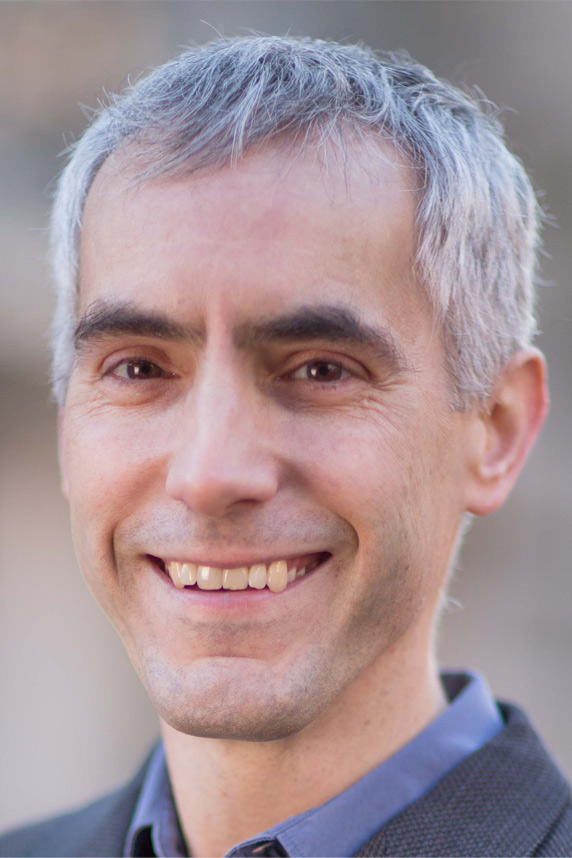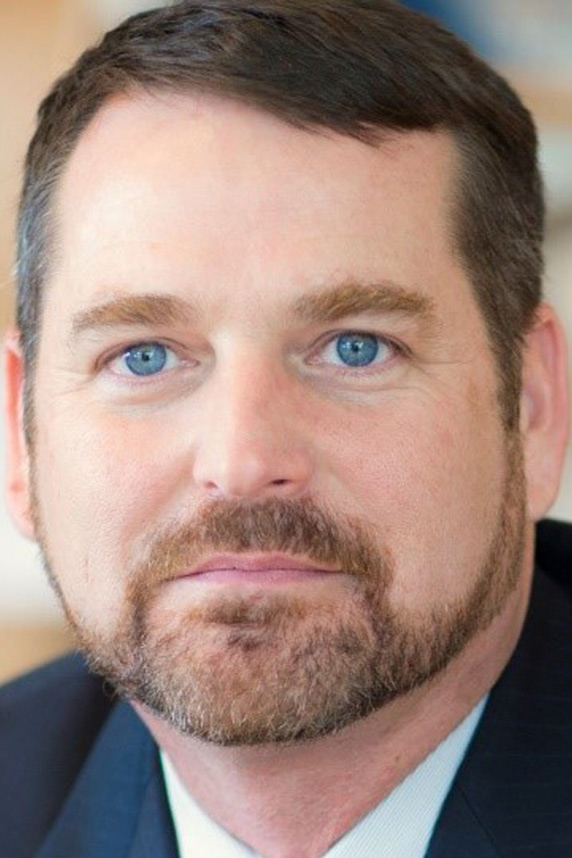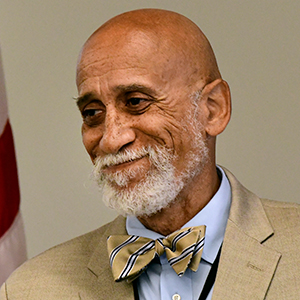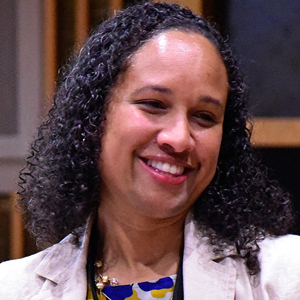 “We’re now recognizing that the nervous system is highly vulnerable to [chemicals],” said Jensen. (Photo courtesy of Frances Jensen)
“We’re now recognizing that the nervous system is highly vulnerable to [chemicals],” said Jensen. (Photo courtesy of Frances Jensen)More than 400 experts from academia, government, and nonprofits met online June 25 for a workshop titled “Environmental Neuroscience: Advancing the Understanding of How Chemicals Impact Brain Health and Disease.” The event was hosted by the National Academies of Sciences, Engineering, and Medicine Forum on Neuroscience and Nervous System Disorders, in collaboration with its Board on Environmental Studies and Toxicology.
Chemicals and the nervous system
“This meeting will lay the foundation for what we hope will be future advances in environmental neuroscience,” said Frances Jensen, M.D., University of Pennsylvania professor, and forum co-chair. “This topic was chosen because of the extraordinary new neuroscience [emerging] around the role of chemical pollutants and other kinds of environmental threats to the nervous system.”
“One of the goals [is to] bring the fields of mechanistic neuroscience and clinical neuroscience closer together with neurotoxicology, and toxicology in general,” said National Institute of Neurological Disorders and Stroke (NNDS) Director Walter Koroshetz, M.D., workshop co-chair.
NIEHS and National Toxicology Program Director Rick Woychik, Ph.D., spoke at the meeting, and Cindy Lawler, Ph.D., head of the institute’s Genes, Environment, and Health Branch, served on the planning committee. Many NIEHS grantees participated in the event (see sidebar).
Environmental risks, neurologic problems
 Zylka, a professor of cell biology and physiology, directs the UNC Neuroscience Center. (Photo courtesy of Mark Zylka)
Zylka, a professor of cell biology and physiology, directs the UNC Neuroscience Center. (Photo courtesy of Mark Zylka)Attendees stressed that although genetic variation can influence brain disorders, exposure to chemicals also is major component. Experts discussed topics such as the following:
- Environmental risk factors associated with amyotrophic lateral sclerosis and autism.
- Molecular changes caused by exposure to chemicals.
- How neurotoxicants can harm early-life brain development.
- Pesticides and attention-deficit hyperactivity disorder.
Mark Zylka, Ph.D., from the University of North Carolina at Chapel Hill (UNC), is an NIEHS grantee who studies fungicides that may have neurotoxic effects in people. In collaboration with Heather Stapleton, Ph.D., from Duke University, he found that wallboards used in home construction can contain fungicides called strobilurins, which may find their way into house dust.
“We think we’re just scratching the surface,” said Zylka. The researchers will next study metabolites in urine samples to learn the extent to which people are exposed to the substances.
The totality of our exposures
“It is clear today that the environment is playing a major role in so many different [brain] disorders,” said Woychik. “We have to figure out how to bring the powerful tools [and concepts] from the environmental health sciences, particularly the exposome, to bear on the work being done in the neurosciences.”
 “It’s not just about chemical exposures but [also] the social context in which [they] occur,” said Payne-Sturges. (Photo courtesy of Devon Payne-Sturges)
“It’s not just about chemical exposures but [also] the social context in which [they] occur,” said Payne-Sturges. (Photo courtesy of Devon Payne-Sturges)The exposome refers to all of an individual’s environmental exposures — chemicals but also factors such as psychological stress and diet — experienced during his or her life. Advancing knowledge in that area is a focus of the NIEHS 2018-2023 Strategic Plan.
“Most human diseases and disorders actually arise from interactions of multiple risk factors across time,” noted institute grantee Deborah Cory-Slechta, Ph.D., from the University of Rochester, who co-chaired the workshop. She highlighted the fact that chemical exposures often occur as mixtures. For example, air pollution can include gases, metals, and organic pollutants.
According to NIEHS grantee Devon Payne-Sturges, Dr.P.H., from the University of Maryland School of Public Health, the issue of cumulative exposures to chemical and social stressors is one of environmental justice.
“I think more interdisciplinary work is needed to have a better understanding [of] how those combined exposures might actually explain higher prevalence of neurodevelopmental disorders and neurodegenerative diseases by socioeconomic status, race, or ethnicity,” she said.
Powerful research tool
NIEHS grant recipient Gary Miller, Ph.D., from Columbia University, pointed to a tool that he said can overcome research challenges posed by complex, real-world exposures.
 “My postdoctoral fellowship was funded by [NINDS], and my first independent grant was funded by NIEHS,” said Miller. “So, I’m appreciative of the connection between the environment and neuroscience.” (Photo courtesy of Gary Miller)
“My postdoctoral fellowship was funded by [NINDS], and my first independent grant was funded by NIEHS,” said Miller. “So, I’m appreciative of the connection between the environment and neuroscience.” (Photo courtesy of Gary Miller)“High-resolution mass spectrometry has really become the de facto [way to measure] the exposome,” he noted. Scientists can use that technique to test for thousands of chemicals at once. Miller said it works with samples from tissue, plasma, urine, dust, water, and passive monitors.
Identifying cause and effect
Koroshetz said more information is needed on the biological mechanisms involved in brain disorders that may result from environmental exposures.
“We really want to get at this issue of causation,” he said. “It’s incredibly important because to make decisions about treatment or prevention, you really have to know what [drives disease].”
Citations:
Cooper EM, Rushing R, Hoffman K, Phillips AL, Hammel SC, Zylka MJ, Stapleton HM. 2020. Strobilurin fungicides in house dust: is wallboard a source? J Expo Sci Environ Epidemiol 30(2):247–252.
Vermeulen R, Schymanski EL, Barabasi AL, Miller GW. 2020. The exposome and health: where chemistry meets biology. Science 367(6476):392–396.
(Jesse Saffron, J.D., is a technical writer-editor in the NIEHS Office of Communications and Public Liaison.)









